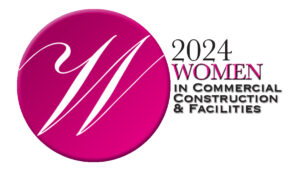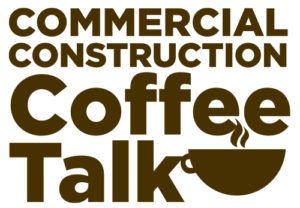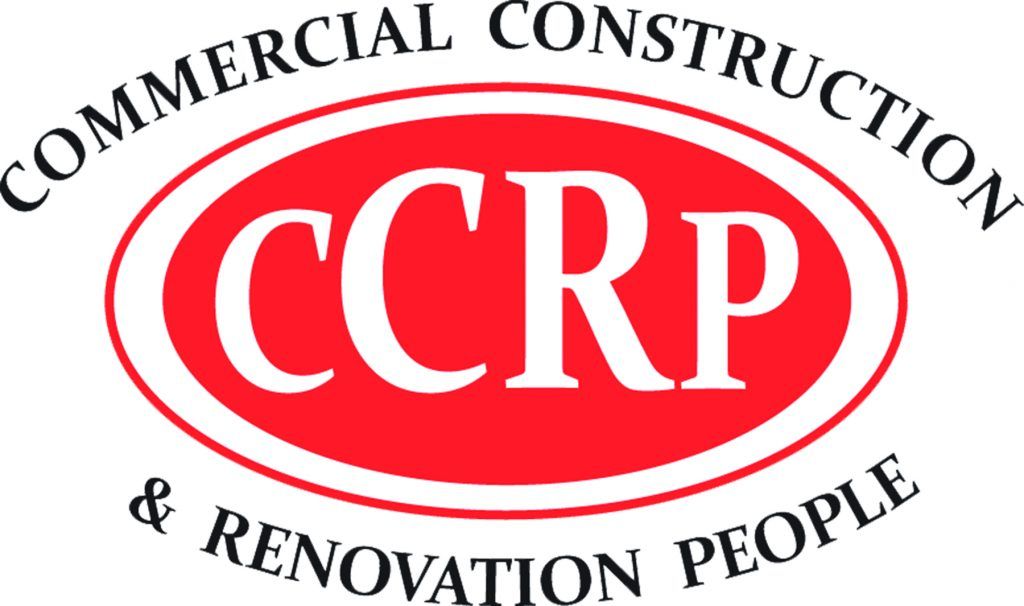More structures collapse every year than we ever get to know about because only major incidents are reported widely on the news. If you are currently living or working inside or close to a building that might be at risk, getting to know the danger signs early on is highly recommended. Anyone who has been victimized by such a tragedy and survived should not lose hope either because there are steps you can take to improve the situation to at least some degree. Stay with us as we discuss all that and more.
Signs of a Building at Risk of Collapse
Professional expertise is not necessary to read the danger signs once a building deteriorates to the point of almost falling over. Barring exceptional instances, most at-risk structures will have:
- Long, and deep cracks in the foundation.
- Visible cracks on the external and internal walls of the building.
- Sloping floors with visible cracks and/or separation.
- Cracked chimneys and roofs.
- Door frames that have lost shape and cannot accommodate their respective doors properly anymore.
- Extensive water damage, especially near the building’s base.
- Noticeable tilt and loss of height, indicating the structure is sinking in loose soil.
- Damaged electrical wiring and heavy voltage fluctuations, indicating fire code violations.
Possible Causes
Buildings can collapse for several reasons, and more often than not, multiple factors work together to bring about the fall. For example, a structure that collapsed during an earthquake might have had extensive water damage in its foundation for years. Among possible causes that might generally lead to catastrophic structural damage, the following can be highlighted as likely.
- Age: Older buildings are more prone to collapse, especially those that have not been maintained properly.
- Poor Maintenance: Lack of yearly checks and essential building maintenance work.
- Technical Flaws: Poor engineering plans and unbalanced architectural design.
- Poor Materials: If the construction materials do not meet NIST standards, the building could be in constant risk of failure.
- Fire Code Violations: Failure to meet the mandatory fide code standards can lead to catastrophic fires.
What Can You Do?
If you have already suffered through a catastrophic building collapse, then you should seek legal justice and compensation for your ordeals. Contact a reputed structure collapse attorney for a free consultation. Your case will be evaluated and estimated with the care and professionalism it deserves. Do not sign or settle for any compensation without at least consulting with an experienced structure collapse attorney.
If you are lucky enough to note the signs early on, contact the landlord/building supervisor for immediate action. If you are in charge, consult with a civil/structural engineer to have them inspect the building urgently. Take emergency restorative actions as suggested by the professionals. Alert everyone at risk and shut down the building until all necessary restorations are complete.
If several of the signs listed earlier start making themselves apparent suddenly and you notice more catastrophic emergency signs like crumbling floors, a rumbling noise, shaking, tilting, cracking glass, billowing smoke, etc., at any point, evacuate the structure immediately and alert as many of the residents/workers as you can. Contact emergency personnel soon after for disaster control.











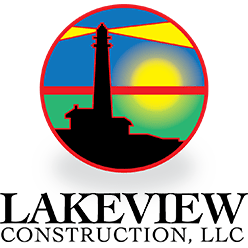
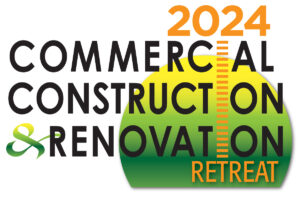 The 2024 virtual Men’s Round Table will be held Q4, 2024, date TBD.
The 2024 virtual Men’s Round Table will be held Q4, 2024, date TBD.